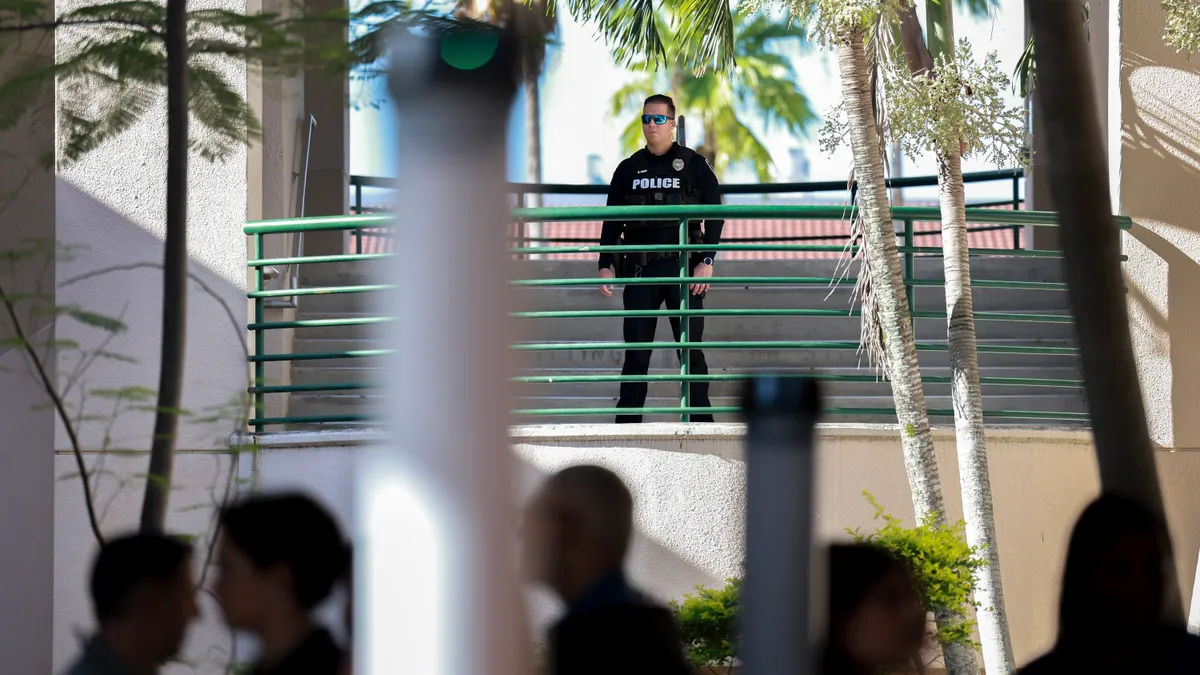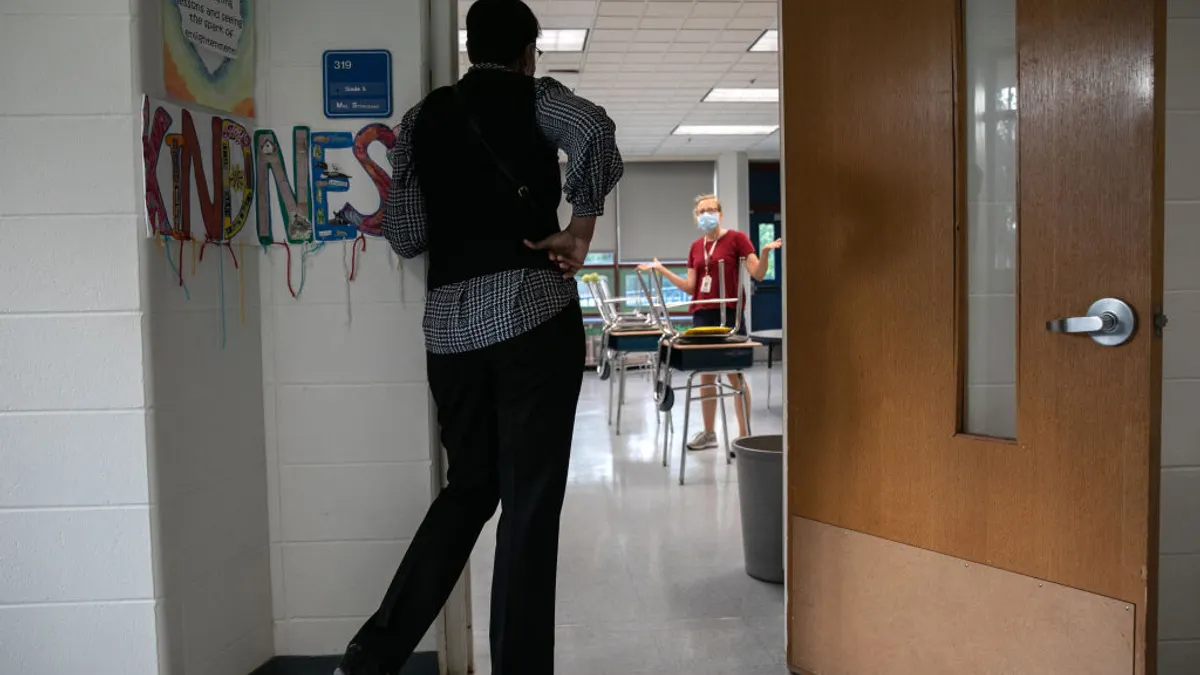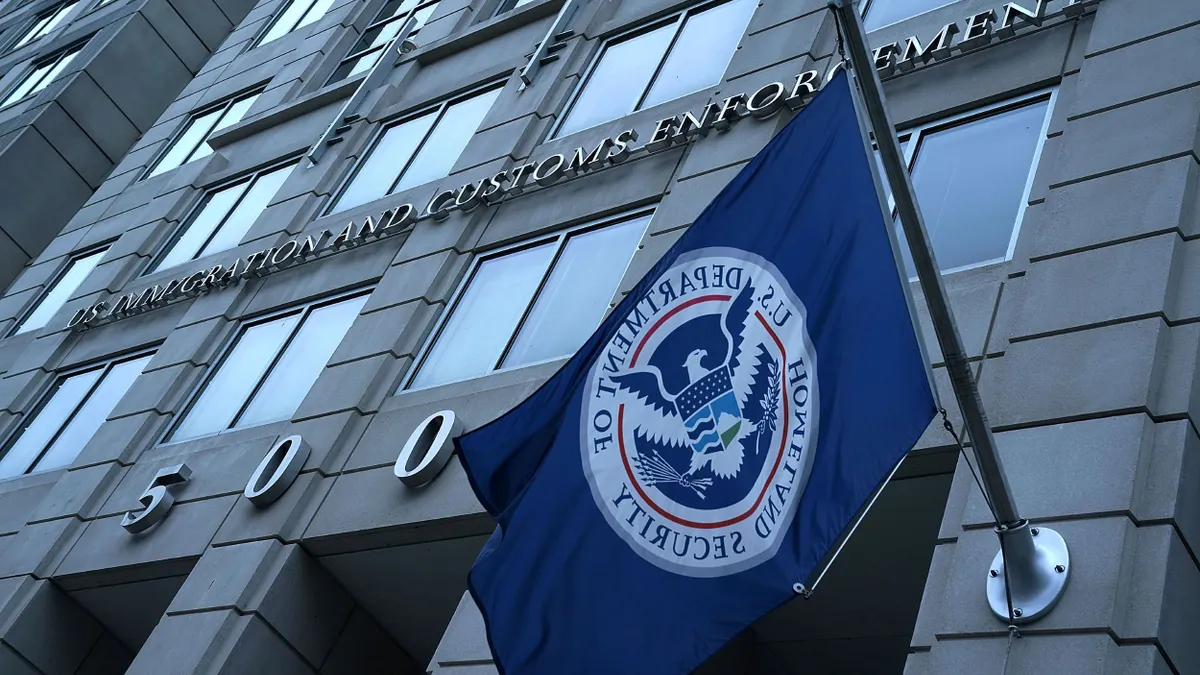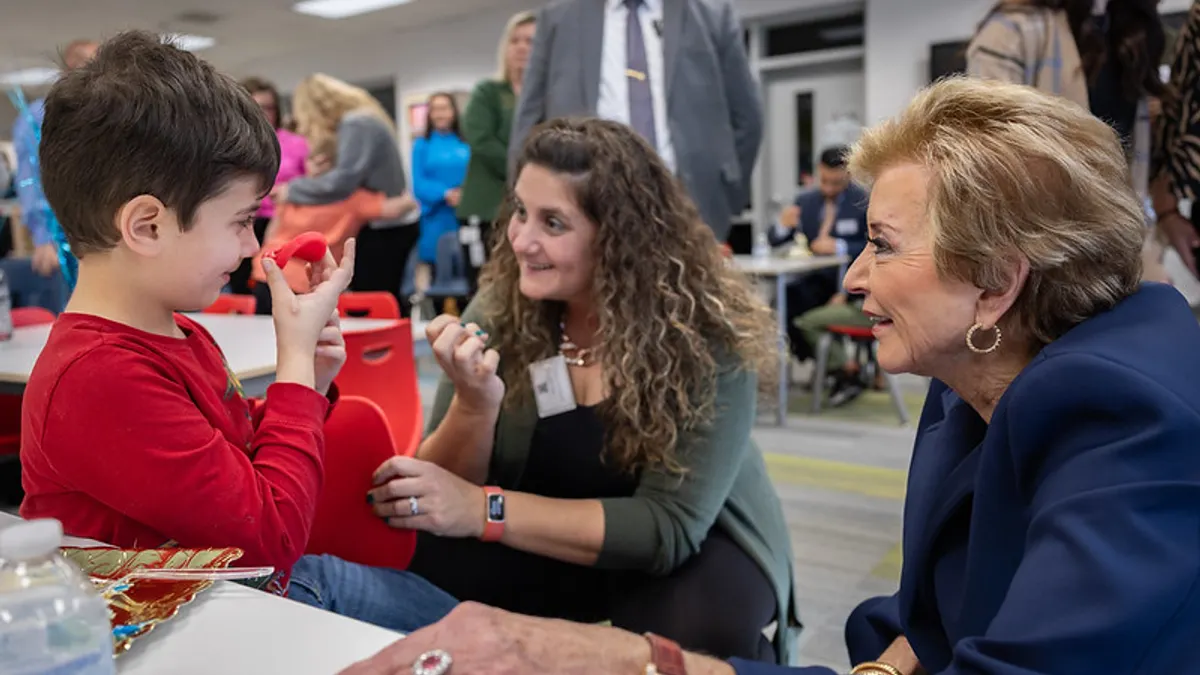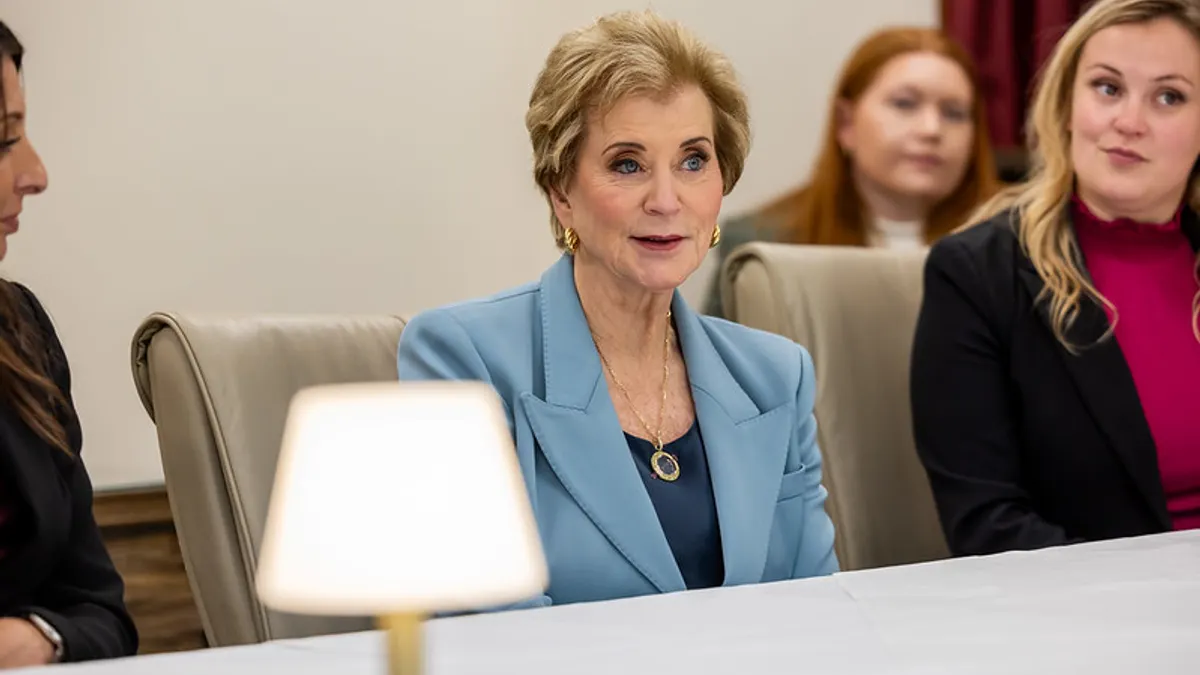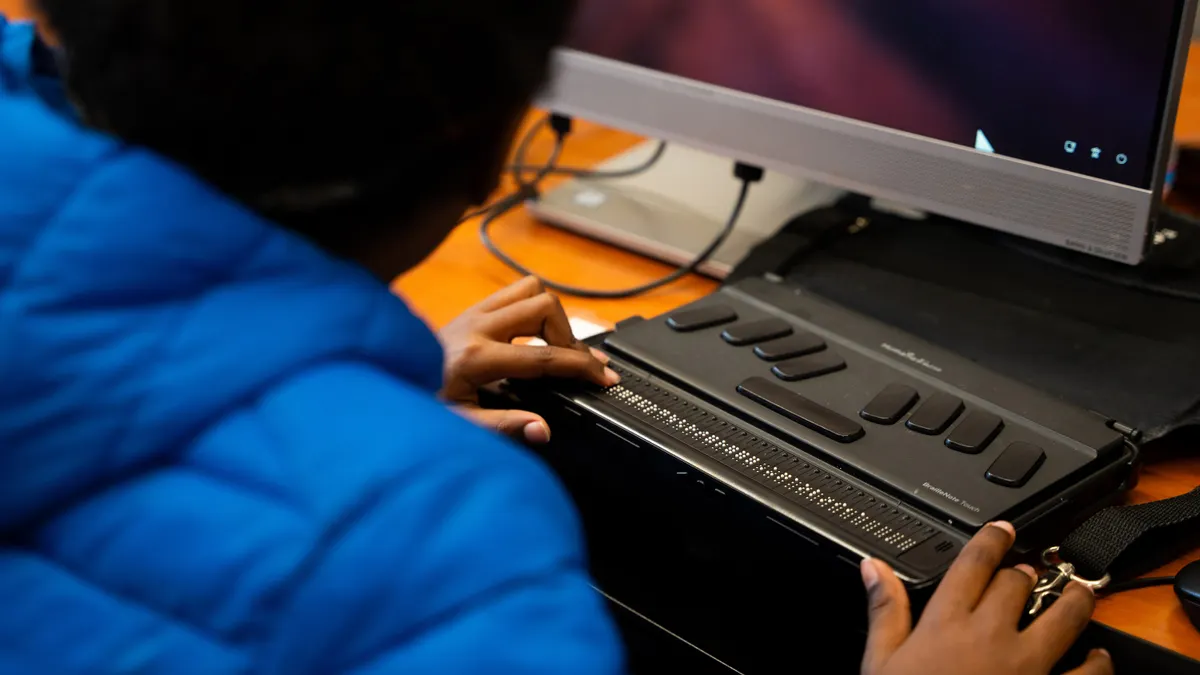A growing body of research demonstrates the impact diversity, equity and inclusion have on student achievement and outcomes.
“Students want to see a teacher that looks like them, that understands them,” said Lenichtka “Len” Reed, associate human resources director for Tigard-Tualatin School District in suburban Portland, Oregon, and chairwoman of the DEI committee for the American Association of School Personnel Administrators. “We also know, through research, that having an educator of color not only benefits students of color, but also benefits white students.”
But while racial and ethnic diversity among public school teachers has increased in recent decades, as a group they are considerably less diverse than their students, according to an analysis conducted in December by the Pew Research Center.
So how can districts ensure they are hiring a diverse array of teachers and providing an accessible pathway to leadership? Experts recommend these seven best practices.
Train the recruitment team
School districts’ recruitment teams must understand DEI and why it’s important, and they should be carefully selected and trained with videos and discussions on the topic, said Robert Stewart, assistant superintendent of human resources for Denton Independent School District outside Dallas. Stewart is also a member of AASPA’s executive board and past chairman of its DEI committee.
Reed said implicit bias training is essential and should be repeated at least once a year. Recruiters should have a clear understanding of the qualities the district desires in potential candidates and know that increasing ethnic and racial diversity is a priority, she said.
“You have to be very intentional if you’re going to make a difference,” Stewart agreed.
Focus on hiring committees
Hiring committees should be as diverse as possible in terms of gender, race, ethnicity, sexual orientation, age, disability and more, Stewart said. “You have to be very careful in the selection of your hiring committee, and you want to make sure your hiring committee reflects the candidates that you are hoping to attract to your district.”
Reed suggests school districts should also encourage teachers, and even students and family members, to sit on hiring committees. “You want to have the various stakeholder voices, and then you make that decision based on the totality of voices that were part of the interview process,” she said.
Make DEI a public priority
School districts should clearly state on their websites and social media that DEI is a priority, Stewart said. The goal is “a very professional, well-done website, where we are focused on nondiscrimination, focused on making sure we are reflecting the diversity of the community and making sure we are interested in hiring diverse candidates,” he said.
Candidates with diverse backgrounds especially welcome that, particularly when they have a plethora of choices due to the current teacher shortage, Reed said.
“The good candidates are interviewing us, too. They are always checking if we are a place where they want to work. And if they are diverse candidates, they are looking for a school district that highlights and celebrates the diversity of their organization,” Stewart said.
Look at nontraditional candidates
Because of the widespread changes to the labor market caused by the COVID-19 pandemic, this is a great time to look at candidates who come from other professions and can teach with alternative certifications or licensures, Stewart said.
That lens can be applied to all support staff — including secretaries, custodial staff and others — who are interested in becoming educators, Reed said. With the current teacher shortage, people enrolled in teaching programs can sometimes be granted emergency teaching licenses that allow them to start instructing in classrooms with the support of mentors and teaching coordinators, she said.
School districts can also seek grants to help paraprofessionals pay for their education and training, Stewart said.
Adopt ‘grow your own’ strategies
Denton and Tigard-Tualatin school districts both have “grow your own” programs that can be great tools for finding future teachers among students, particularly in regard to building teacher workforces that reflect the community, Reed and Stewart said. These efforts can include things like “teacher in learning” programs for juniors and seniors, or partnerships with local community colleges and universities.
Teachers can identify students who might make good educators as early as in elementary school, if they display qualities such as kindness, compassion and the desire to help others, Stewart said. “Our best recruiters are our own teachers,” he said.
Since the program started five years ago, Denton ISD has hired more than 10 teachers who are graduates of the district, Stewart said. At Denton, each school campus has a “grow your own” liaison connected with the human resources department.
Similarly, the Tigard-Tualatin district employs a “navigator” who works with “connectors” at the various school buildings. Together, they hold gatherings and club events to support students interested in being future educators, Reed said.
“They really connect with the students, especially our BIPOC students, to encourage them to be part of our workforce,” she said.
Provide professional growth opportunities
Supporting staff affinity spaces for BIPOC, LGBTQ and other employee groups can provide a built-in network of professional support, Reed said.
To ensure all teachers are supported in their career growth, school districts should assign a mentor to each new teacher for up to three, or even five, years, Stewart said. “It’s that critical period where they make that decision of whether or not they are staying in this profession,” he said.
The focus is not academic support — which should be addressed by ongoing professional development — but support related to the challenges of the classroom, Stewart said.
Conduct culture and engagement surveys
Reed and Stewart said school districts should conduct yearly “culture” or “engagement” surveys of all employees — and make sure to follow up with action.
Filtering data by group, such as employees with diverse backgrounds, can give great insight, Reed said.
“How are staff feeling about trust between them and the building principal and their colleagues?” she said. “If the culture at the building is that they feel they can’t speak up and be their authentic self, if situations arise of bias or hate speech and they are not supported, that’s going to show in the survey.”
School principals can use employee feedback to set goals and action plans, and measure progress in the following year’s survey, Reed said.





 Dive Awards
Dive Awards

